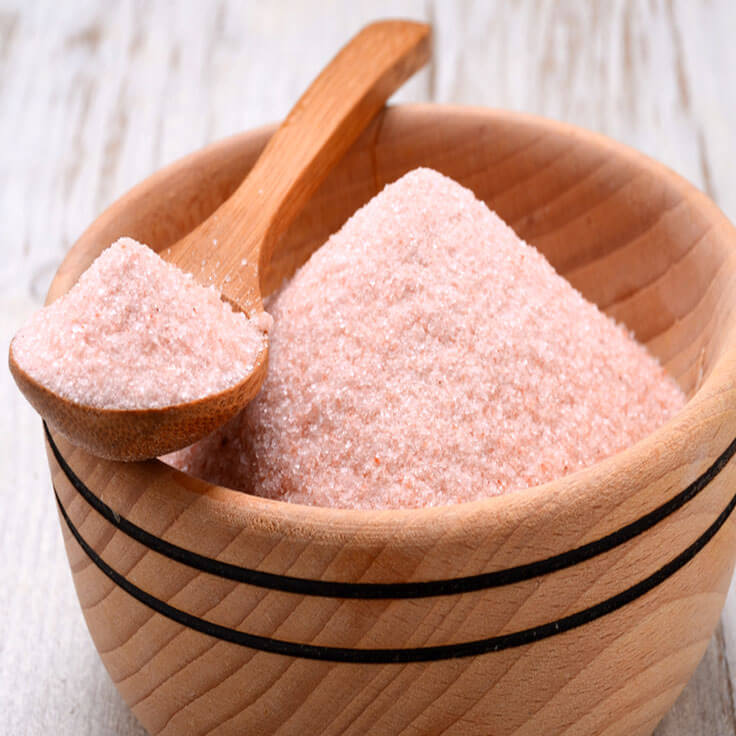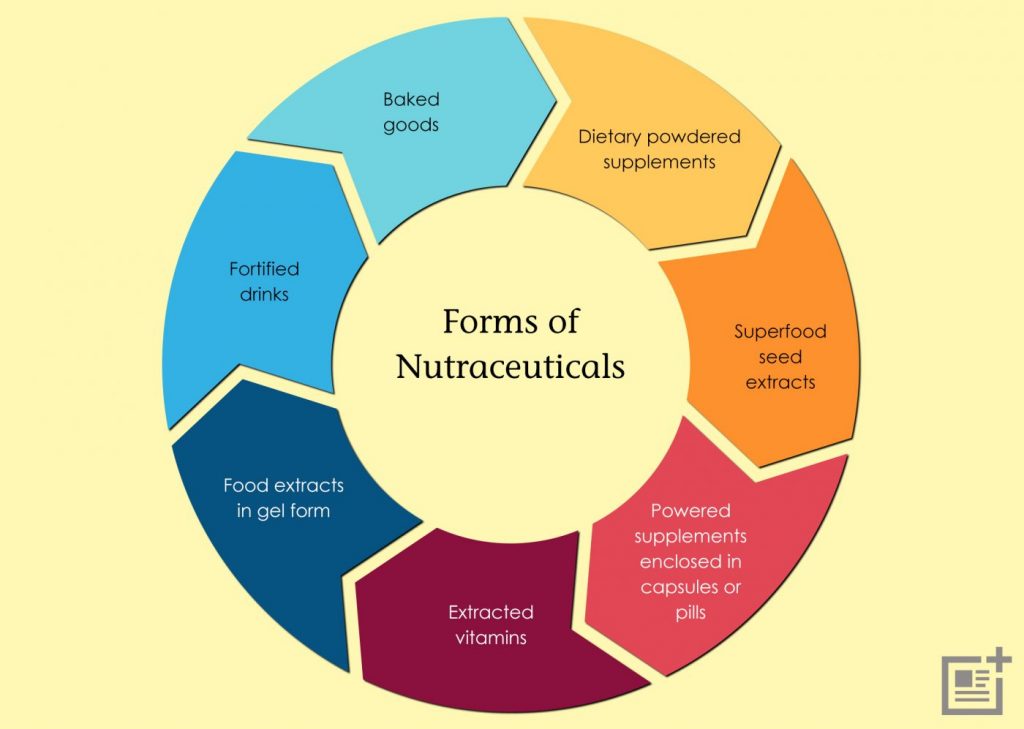Is This Table and Cooking Condiment Worth the Added Expense?

|
Ads we feature have been independently selected and reviewed. If you make a purchase using the links included, we may earn commission, which helps support the site.
Looking at most recipes, there are commonly five kinds of salt you will see–table salt, kosher salt, sea salt, Celtic salt, and pink or Himalayan salt. In all honesty, I don’t find much difference in flavor between them. The choice you make boils down to personal taste, price, degree of cultural hipness as you describe your dish to your guests, and other factors.
What Makes Himalayan Salt Different?
The most obvious characteristic is that it is, well, pink! I’m not a big fan of the color pink (there’s my toxic masculinity showing again!) but this condiment wears it tolerably well. The two most important distinctions are its origin and its health benefits.
According to Fooducate, “Himalayan salts is actually not from the Himalayas. It is sourced from the Khewra Salt Mine in Pakistan, about 300 miles to the west of the Himalayan Mountain Range. This salt mine is the second largest in the world, and has been a source of salt for over 2000 years. Despite this lengthy history, the “Himalayan” brand gained popularity in the Western world only in the past 15 years.”1
What are the Health Benefits of Pink Salt?
People have made many nutrition claims about Himalayan salt over the years. Some insist salt lamps help purify the air. Some say it can detoxify the body of heavy minerals. Some (optimistic) mountebanks have even suggested it can increase libido.
- Iodine naturally occurs in Himalayan salt. The chemical element iodine is necessary for the proper functioning of our thyroid gland.2
- It is about 96% sodium chloride, the same as table salt. This is what makes it conveniently interchangeable with table salt in, say, your favorite whole wheat bread recipe.
- The remaining 4% are potassium, calcium and magnesium, as well as tens of additional trace minerals.
- It prevents hyponatremia, meaning low sodium levels in the blood. Eating enough sodium through a healthy diet is vital to preventing this dangerous and painful condition.
- It plays an key role in your small intestine’s ability to absorb chloride, amino acids, glucose, and water.
- Sodium also assists your stomach in breaking down food which releases nutrients for absorption.

So, despite having trace minerals that other salts might not, do the health benefits really register or is it all just marketing hype? WebMD says, “research has not demonstrated that Himalayan salt has any unique health benefits compared to other dietary salt. The mineral impurities that give it a pink color, often promoted as healthful, are far too low in concentration to be nutritionally beneficial. You would have to eat a lethal amount of sodium to achieve helpful quantities of the other minerals.”3
Additional Reading
- Getting Enough Minerals in Your Diet?
- The Eternal Wisdom of Irish Proverbs
- Covid-19 Lock-down Homemade Whole Wheat Bread Recipe
- 10 Signs of Nutrient Deficiency
- Liver Detox – Fact or Fiction?
- Easy Homemade Mac and Cheese Recipe
- Sourdough Peanut Butter Ball Recipe
Resources
- Fooducate, Himalayan Salt – 10 Things to Know, https://www.fooducate.com/community/post/Himalayan-Salt-10-Things-to-Know/57A355B1-7CE7-3C26-48D8-A9A1BBA83175
- Steve Fentress, Moment of Science, Why Does Table Salt Contain Iodide?, https://indianapublicmedia.org/amomentofscience/table-salt-iodide.php
- WebMD, Himalayan Salt: Is It Good for You?, https://www.webmd.com/diet/himalayan-salt-good-for-you#1
Looking for more great content? Visit our main page or partner sites:
I offer article and blog-writing services. Interested? Hire Me!
Did you find this article helpful? Millions of readers rely on information on this blog and our main site to stay informed and find meaningful solutions. Please chip in as little as $3 to keep this site free for all.




